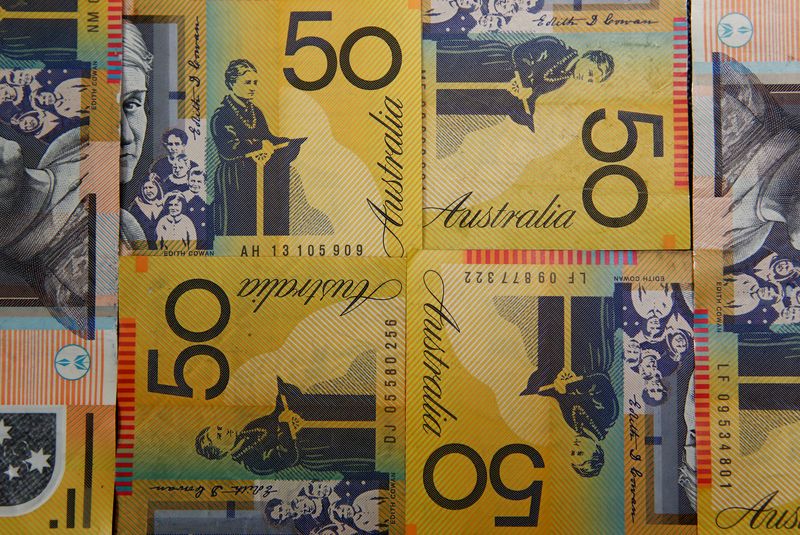
Underperformance in the Japanese yen persisted as the currency continued to reverse a bulk of its gains made on the back of government intervention last week.
The Australian dollar also fell after the Reserve Bank of Australia struck a less hawkish tone than markets were expecting, denting expectations for more interest rate hikes in the country.
Weakness in the Japanese yen persisted on Tuesday, with the USDJPY pair, which is inversely representative of yen strength, rising 0.4% and past the 154 level.
The currency pair had risen as far as 160 in late April, before apparent instances of government dollar selling saw the pair fall sharply to as low as 152.
But the yen struggled to retain any strength, given that the main factor behind its decline- a wide gap between U.S. and Japanese interest rates- remained largely in play.
Markets are now looking to more readings on Japanese inflation and wage growth to gauge whether the Bank of Japan will hike interest rates further this year, which is expected to offer some relief to the Japanese currency.
Repeated verbal warnings of more intervention by Japanese government officials also provided little support the the yen, with traders regarding USDJPY at 160 as the new line in the sand for the government.
The Australian dollar’s AUDUSD pair fell 0.3% after the RBA kept rates steady as widely expected and warned that inflation will take longer to come down in the near-term.
But the RBA stopped short of mentioning any plans for further rate hikes, disappointing traders that were positioning for such signals, especially after a hotter-than-expected inflation reading for the first quarter.
This factored into weakness in the AUDUSD, given that higher rates make the currency appear more attractive.
Weak retail sales data for the first quarter also saw traders question just how hawkish a chord the RBA will strike.
Broader Asian currencies fell slightly on Tuesday, as the dollar index and dollar index futures recovered a measure of last week’s losses.
Focus this week is on comments from several Fed officials on the path of interest rates, especially after softer-than-expected nonfarm payrolls data saw traders once again begin pricing in interest rate cuts by the central bank.
But this notion offered little support to Asian currencies, given that the Fed is still expected to begin cutting rates only by September.
The Chinese yuan’s USDCNY pair rose 0.2%, while the South Korean won’s USDKRW pair rose nearly 0.3%.
The Singapore dollar’s USDSGD pair rose 0.1%, while the Indian rupee’s USDINR pair rose marginally and was in sight of record highs hit in late-April.
To read the full article, Click Here
